The Fossil Fuel Industry Veterans Who Regulate Your Electricity
A closer look at the people in power who control your power
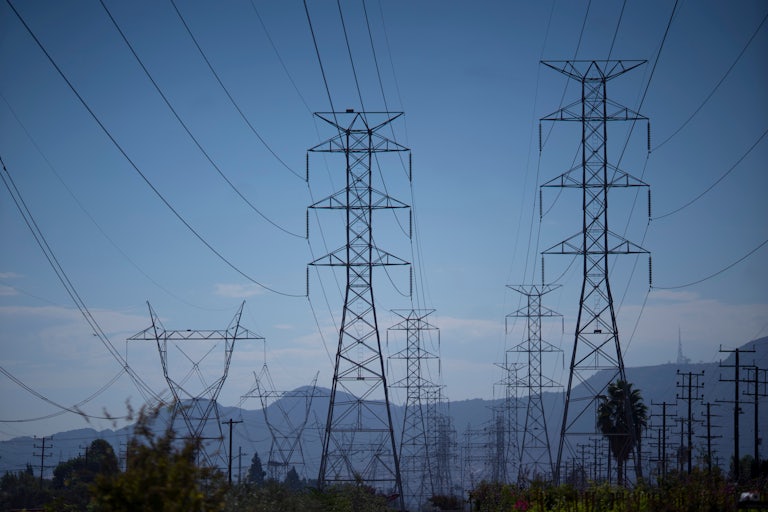
When you think about your electric bill, what comes to mind? For most of us, it probably goes no further than annoyance at how high it gets when your spouse or roommate cranks the A.C. all summer. It’s safe to say that the average American doesn’t think too much about the people making decisions about electricity that both dictate the rates we pay and the amount of progress the country achieves on climate change.
But a new study of the professional background of these people ought to make us sit up and take notice, because many of them walked right through the revolving door from the fossil fuel industry.
First, some context: The nation’s 168 investor-owned utilities serve almost three-quarters of Americans. Because of the regulatory structure of how we provide electricity, these utilities can only turn a profit when they build new infrastructure—which incentivizes them to prioritize certain projects over others. The state bodies that regulate these utilities (and other services like water and telecommunications) are usually referred to as “public utility commissions,” and PUCs are staffed by commissioners who are either elected by voters or appointed by elected officials, depending on the state.
“PUCs are charged with ensuring reliable service to customers, at the lowest possible rates, while still allowing a ‘reasonable’ return on the investments that utilities make to run the electrical power system,” Jared Heern, a postdoctoral researcher at Brown University, told me. “The way it usually works is that utilities spend money on something or want to spend money on something, so they go to the PUC that rules whether it is a reasonable and needed expense or not, and then they set the electric rates that customers pay so utilities can recoup that money plus a profit on top.”
Research conducted by Heern and published in the July issue of the journal Energy Research & Social Science looked at the bios of more than 800 commissioners serving in all 50 states between 2000 and 2021 and found that 25 percent of the commissioners surveyed had worked in the fossil fuel or utility industries, compared to 19 percent with a background in environmental regulation.
This isn’t necessarily shocking. Having industry knowledge in a complicated field like electricity generation is, naturally, a good fit for many regulators. But this experience could also bias commissioners toward decisions that might be profitable for a utility while not necessarily helping customers or the environment. The commissioners’ experience working on PUCs is also potentially profitable for themselves: Heern tracked what half of the surveyed commissioners did after leaving the PUC, and a whopping 50 percent of them went back to work for the utilities they had just been regulating.
“Decarbonizing and decentralizing the electrical power system is a critical part of addressing climate change and will become even more important as we electrify other sectors like transportation and building heating,” Heern said. “Yet there are only about 200 public utility commissioners at a given time spread across all 50 states that are making these crucial regulatory decisions on what utilities can, cannot, and should do with the electrical power system.”
Utilities are, pardon the pun, real power players in state and national politics—Southern Company, one of the nation’s biggest utilities, spent more than $9.2 million on lobbying last year—while wealthy utility CEOs can also make significant financial contributions in local and state races. In many states, public utility commissioners are appointed directly by governors or legislatures, which can open up serious potential conflicts of interest when considering how personal interest and financial ties come into play.
Heern’s research found that both Democratic and Republican utility commissioners tended to have backgrounds working in the services they were then appointed to regulate. Partisanship, however, played a key role in one area: Some 30 percent of Democratic utility commissioners had a background in environmental regulation, whereas only 10 percent of Republican commissioners did.
Amid all the tangles of conflicts of interests, Heern’s work points to some encouraging news on climate. The number of commissioners with environmental experience soared from 12 percent in 2000 to 29 percent in 2020, as the energy transition kicks into gear—a change Heern says “seems positive for the necessary policy steps to be taken in addressing climate change.”
Heern told me that he hopes his work kick-starts more research and focus on these crucially understudied groups. “PUCs need more attention from researchers and journalists, but also from members of the public,” he said.
![]()
Good News
For the first time, wind and solar outpaced coal in America’s mix of energy generation consistently for the first five months of the year, according to an E&E News analysis of preliminary federal energy data. “From a coal perspective, it has been a disaster,” Andy Blumenfeld, an energy analyst, told E&E. “The decline is happening faster than anyone anticipated.”
![]()
Bad News
The Pakistani government said Tuesday it is planning to evacuate more than 80,000 people ahead of Cyclone Biparjoy’s landfall on Thursday. This week, the storm reached 105 mph wind speeds over the Indian Ocean, classifying it as a “very severe” cyclonic storm. High tides and strong winds from Biparjoy killed several people in India ahead of the storm’s landfall.
Stat of the Week
172%
That’s how much more land has burned in California’s wildfires since 1971 thanks to climate change, a new study has found. Wildfires in the state have increased fivefold over the past 50 years.
Elsewhere in the Ecosystem
Alarm at rightwing push to reverse clean-energy success in Texas and beyond
Last week, Texas Republicans scrambled to pass a bill that would have imposed significant punishments for new wind and solar facilities. Portions of that bill were directly drafted and edited by the Texas Public Policy Foundation, ot TPPF, a powerful conservative think tank in the state with a history of lobbying against climate policies in Texas and beyond, The Guardian reports:
The burgeoning influence of TPPF, an organization substantially funded by fossil fuel interests and publicly lauded by Greg Abbott, Texas’s Republican governor, is the catalyst to a rightwing attempt to crimp the stunning progress of renewable energy in the state, which now produces more than a quarter of all wind-powered electricity in the US.
The group’s agenda is now extending far beyond Texas, bankrolling efforts to halt offshore wind turbines in Massachusetts and to prop up coal power on native American land in Arizona while spearheading efforts to crack down on sustainable finance in energy-producing states like West Virginia.
“We are very influential, we are meeting with policymakers to share recommendations and we’re having success around the country,” said Jason Isaac, a former state representative and now director of TPPF’s energy initiatives. Isaac said that TPFF regularly helped craft “certain aspects” of bills in Texas related to the state’s electricity grid or environmental, social, and corporate governance (or ESG) issues.
Read Oliver Milman and Dharna Noor’s full report at The Guardian
This article first appeared in Apocalypse Soon, a weekly TNR newsletter authored by contributing deputy editor Molly Taft. Sign up here.








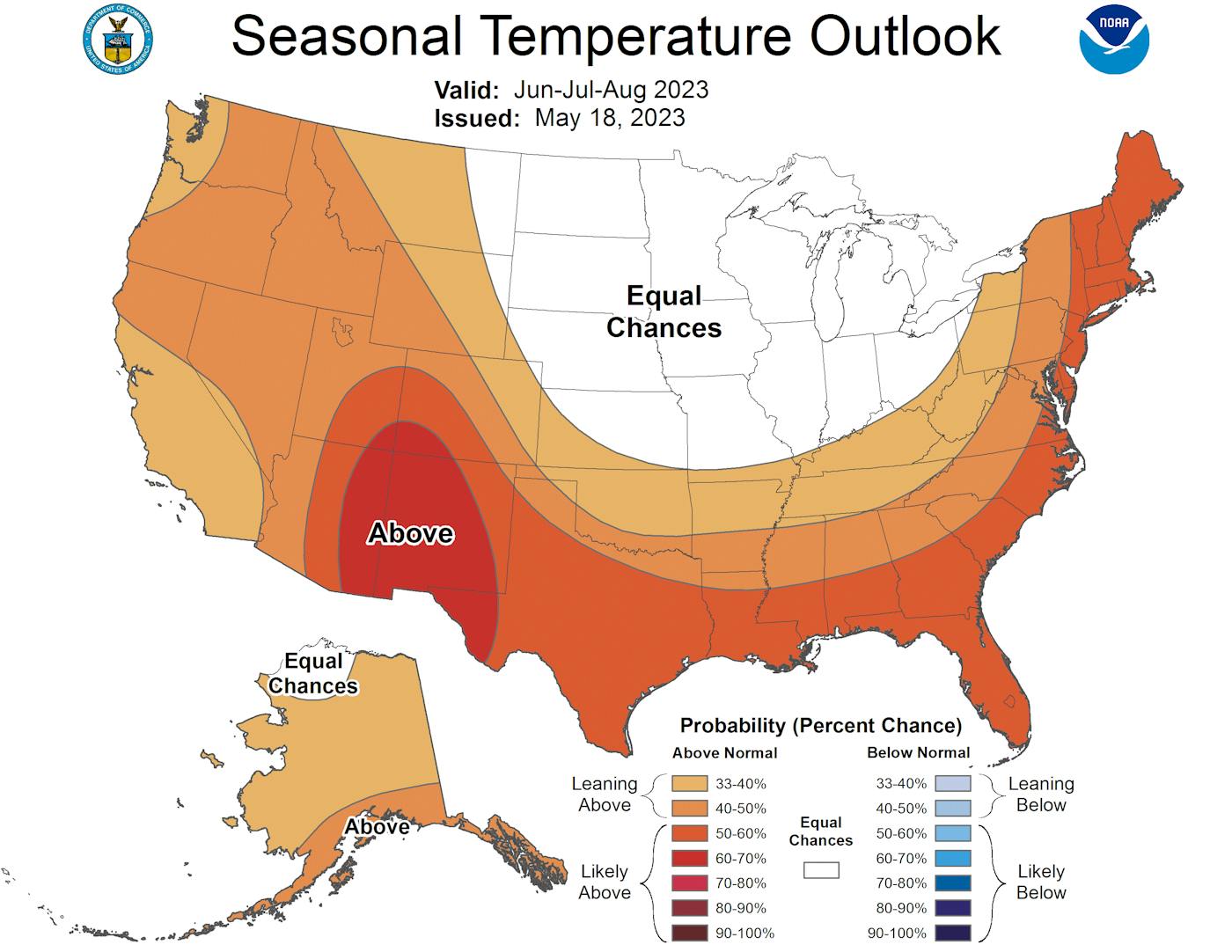
.png)
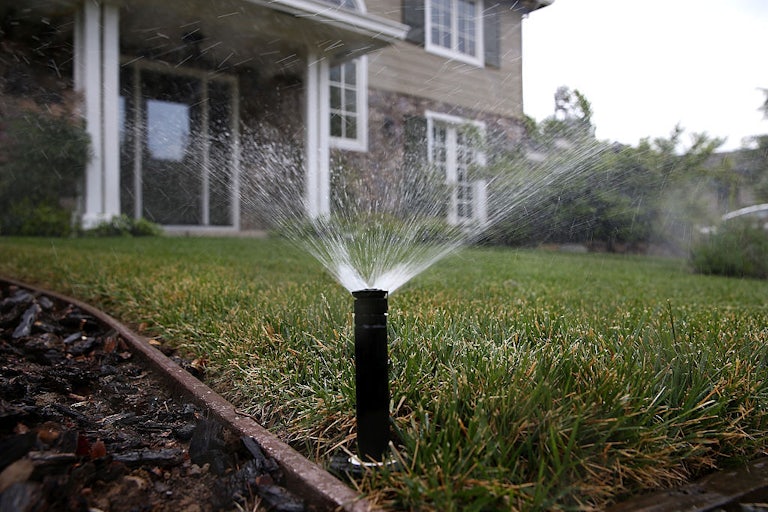
.png)
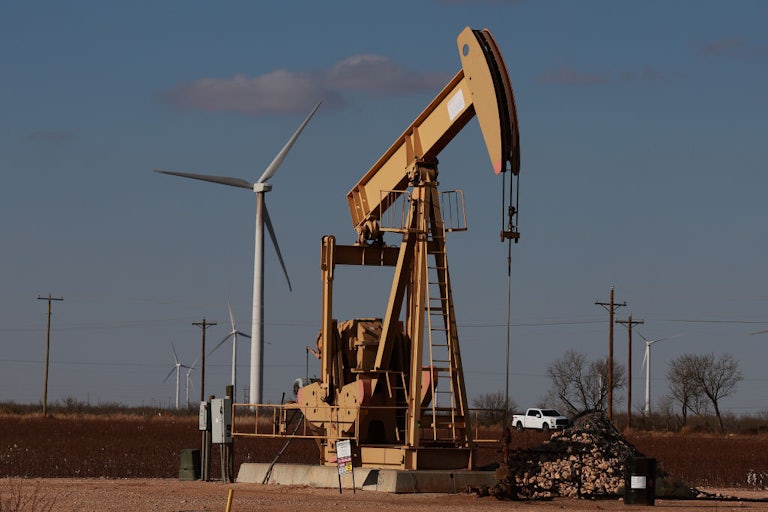
.png)


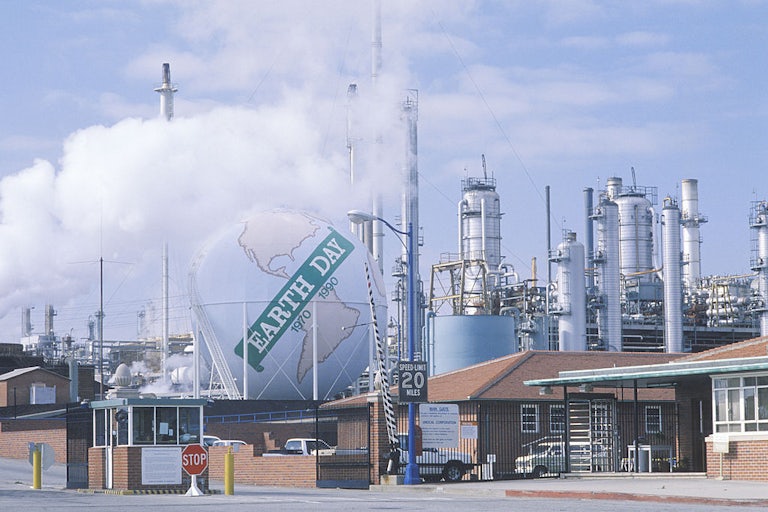

.png)